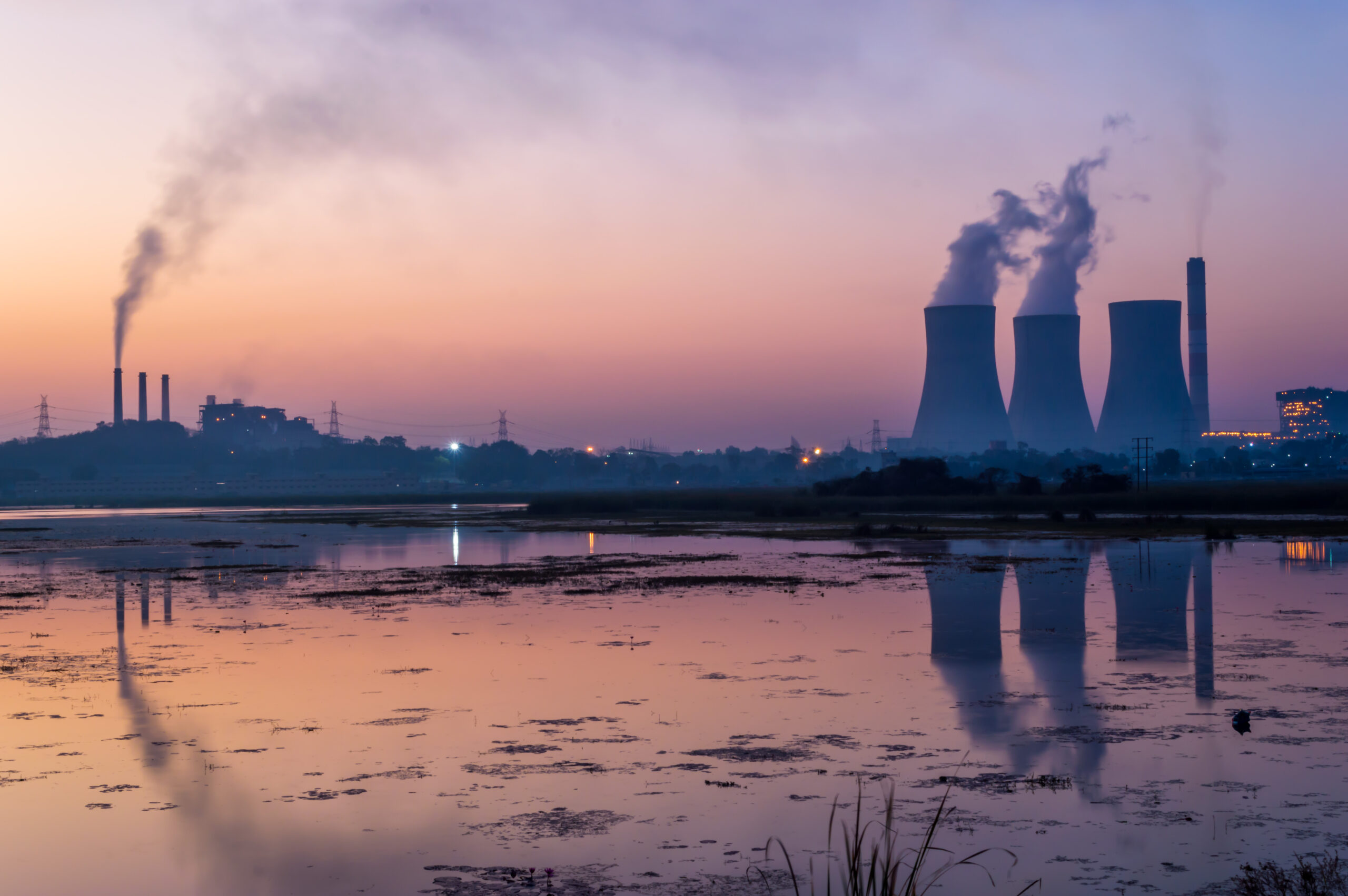Fossil fuels still compete with clean in India’s power mix
India expects its power generation base to more than double by 2032, mainly on the back of fast-paced expansion in solar and wind power capacity, but fossil fuels will continue to play a prominent role.

The power generation capacity of the world’s third largest electricity producer is likely to expand to 866 gigawatts (GW) by the fiscal year ending March 2032, compared with 406 GW in August, the latest draft of India’s National Electricity Plan (NEP) showed. The capacity addition will need massive investment of 31.46 trillion rupees (393 billion euros). However, though coal will lose its dominant position in India’s installed power generation mix, it will continue to account for half of actual generation, the draft document showed.
Solar will account for 59.2%, wind 19.8%, hydro 7.6%, nuclear 3% and biomass 1% of fresh capacity additions. Coal-fired power plants, which account for half of India’s installed generation base, will account for just 9% of the new power capacity additions.
The planned fuel mix for 2032 is consistent with the commitments made by India under the Paris climate agreement, Ashok Sreenivas, group coordinator of Pune-based think-tank Prayas Energy told Gas Outlook. “They are ambitious targets and will require significant efforts to achieve,” Sreenivas said.
In August, India revised its pledges under its Nationally Determined Contribution, raising the share of non-fossil fuel sources in the power generation mix to 50% by 2030 compared with its 2015 commitment for 40%, and reducing the emissions intensity of its GDP by 45% by 2030 compared with the 33%-35% target that it had committed earlier.
India’s massive power generation capacity addition plan comes as its annual power demand is likely to expand by 6% per annum in the next decade compared with around 4.1% in the last ten years that ended March 2022, on the back of a rising population that could overtake China’s next year, and as the world’s fifth largest economy marches ahead – set to become the third largest economy by 2030.
India releases a fresh NEP every five years. The stakeholders have until December to submit their responses to the draft document.
Harnessing renewables
India’s solar power generation base has seen phenomenal growth, expanding 21 times to 54 GW in the year ended March 2022 from just 2.6 GW in March 2014. That growth been helped by the plunge in solar power tariffs from 6.47 rupees (0.08 euros) per KWH in 2013-14 to below 2 rupees (0.02 euros) per KWH in December 2020. The National Institute of Solar Energy has estimated India’s solar potential at 748 GW if 3% of the landmass is covered by solar modules.
Comparatively, wind tariffs have fallen from 5.92 rupees (0.07 euros) per KWH in 2014-15 to 3 rupees (0.04 euros) per KWH in December 2020. India’s wind power potential is seen at 302 GW at 100 meters and 695.5 GW at 120 meters height above ground level.
This has made policymakers bullish in chalking out six-fold growth in solar and three-fold growth in wind energy capacity expansion over the next ten years. Along with solar and wind, the electricity plan also envisages 52 GW in battery energy storage systems which are not part of actual installed capacity.
Despite the massive built-up in renewable sources, coal and lignite will continue to account for half of actual power generation by the year ending March 2032 even though its share in the installed generation base will dip to 28.7% in 2032 from 52.7% in 2022, the NEP draft plan shows.
India’s coal demand will however jump by 46% over the next ten years to 1.06 billion tons by 2032. Globally, there has been a resurgence in thermal power due to the sudden spurt in demand on the back of economies coming out of Covid-induced lockdowns.
Though total carbon dioxide emissions from India’s power generation will rise to 1,180 million tons by the year ending March 2032 from 910 million tons in March 2021, average emissions will fall to 0.44 kilograms of carbon-dioxide per kilowatt hour by March 2032 from 0.66 kgCO2/KWh in the year ended March 2021.
Stranded gas capacity
Coal’s surge comes as gas has failed to take-off. About 25 GW of installed gas capacity is stranded due to lack of affordable supplies. Cheap domestic gas supply to power plants, which had hit a peak of 59.3 million cubic meters a day during the year ended March 2011, contracted to just 22.62 MMcm/d in the year ended March 2022.
Despite Prime Minister Narendra Modi’s move to raise the share of gas in the energy mix to 15% by 2030 from 6%, India’s power generation will see gas accounting for just 1% by 2032.
Multiple challenges would have to be overcome to achieve the proposed renewables capacity, Sreenivas said. While India has been adding an average 10-12 GW of solar and wind power capacity every year, the NEP goals will demand ramping up to 40-50 GW every year.
India has already missed its goal of reaching 175 GW of renewable power base by March 2022. The fast-paced expansion will also pose a challenge for grid management as solar and wind generation peaks at midday but demand is high during the mornings and evenings.
The solar industry has been battered by a sharp escalation in the price of modules and cells due to supply disruptions caused by Covid, Vibhuti Garg, director for South Asia with the Ohio-based Institute for Energy Economics and Financial Analysis told Gas Outlook. Also, to encourage domestic manufacturing, federal government has introduced tariff barriers that have added to costs. And to make the intermittent source of power more reliable, India needs battery storage capacity where again prices have gone up in the last few months, Garg added.
Sreenivas says that apart from integration of renewable power into the grid, the ability to implement the goals will be contingent upon demand picking up sufficiently, state-owned distribution companies being willing to sign power purchase agreements with the project developers to assure offtake and paying regularly, cost of battery storage falling fast enough and finally the availability of finance.



